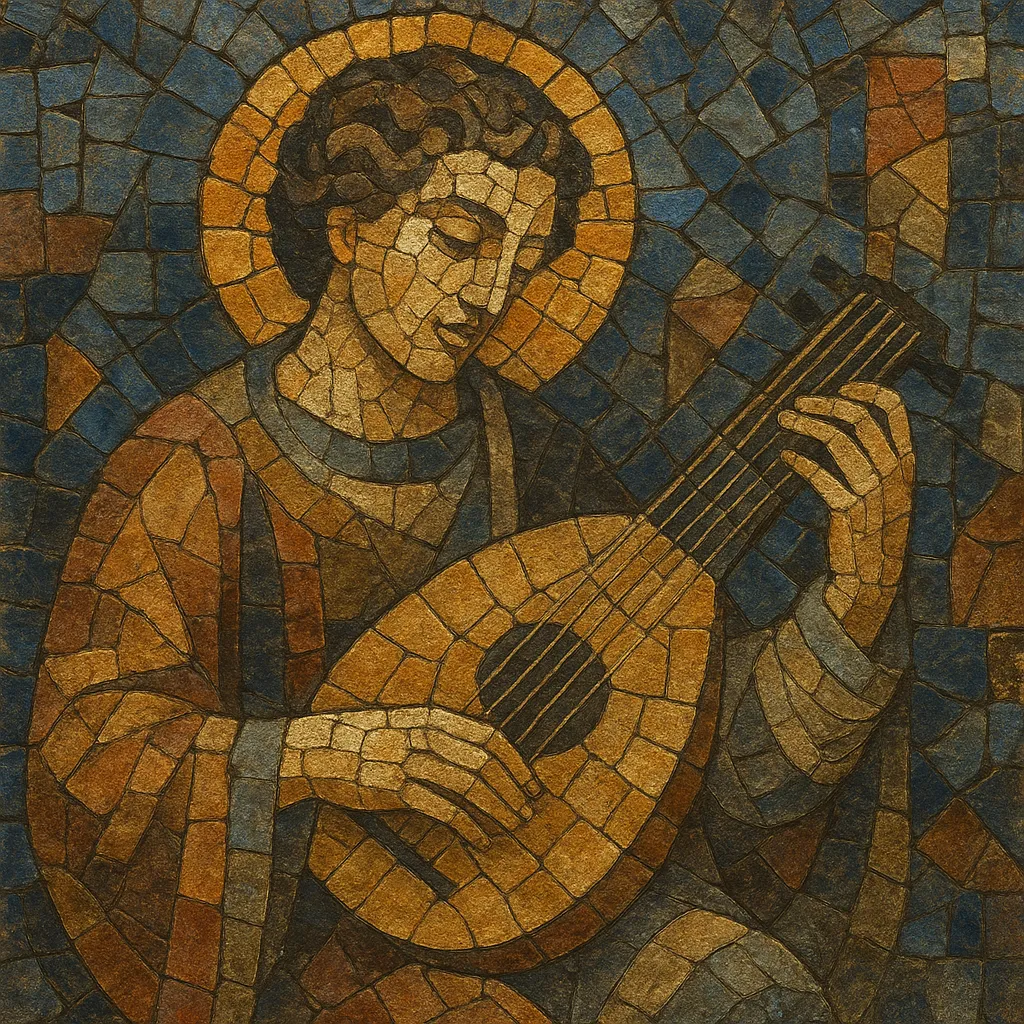Ricercar is a Renaissance and early Baroque instrumental genre characterized by its exploratory and often highly imitative contrapuntal writing. The term itself suggests "to seek out," reflecting both its improvisatory origins and its later role as a vehicle for rigorous contrapuntal technique.
Early ricercars were freer, prelude-like pieces for lute or keyboard that tested tuning, mode, and figuration. By the later 16th century, the ricercar evolved into a sober, motet-like composition built from one or more subjects treated through imitation, inversion, augmentation, and stretto, anticipating the procedures of the Baroque fugue.
Typically written for lute, vihuela, organ, or harpsichord, ricercars favor modal harmony, clear points of imitation, and a contemplative, dignified affect. They stand at the crossroads between improvisatory preluding and learned counterpoint, bridging Renaissance vocal polyphony and the instrumental forms of the Baroque.
Ricercar arose in Italy during the early 16th century as an instrumental practice related to preluding—players would "search out" the mode, tuning, and technical possibilities of their instrument. Lute and keyboard sources from Venice and Milan show short, exploratory pieces whose textures and gestures derive from vocal polyphony, especially the motet and chanson. This first phase is characterized by free figuration, modal testing, and cadential probing.
By mid-century, Venetian organists and printers (e.g., the Gabrieli circle) fostered a more learned type: the imitative ricercar. Here, a concise subject is introduced and then pursued in successive entries at the octave or fifth, with countersubjects and episodes separating points of imitation. Techniques such as inversion and augmentation appear, while the overall affect remains sober and contemplative—closer to a motet without words than to a virtuosic toccata.
In the early Baroque, composers such as Claudio Merulo, Giovanni Maria Trabaci, and Girolamo Frescobaldi codified the imitative ricercar in organ and harpsichord collections. Frescobaldi’s ricercars (e.g., in Fiori musicali, 1635) show extensive use of augmentation, stretto, and cumulative contrapuntal density, making the ricercar a clear ancestor of the high-Baroque fugue. Meanwhile, the freer, figuration-heavy stream of ricercar practice fed into the developing toccata tradition.
The imitative ricercar bequeathed its subject-driven structure and contrapuntal devices directly to the Baroque fugue and influenced the instrumental canzona, early sonata types, and organ repertory. Even as the term “ricercar” waned after the mid-17th century, its procedures lived on in fugue, canzona/sonata da chiesa, and the broader Baroque idiom.
-
•
Prelude-like ricercar: Begin with free figuration that outlines the mode, explores resonance, and touches cadential degrees. Use idiomatic broken chords, scales, and diminutions; cadence periodically to confirm the mode.
•Imitative ricercar: Craft a concise subject (4–8 notes) with clear modal profile and stepwise motion. State it solo, then answer at the fifth or octave. Introduce a countersubject that combines well with the subject.


